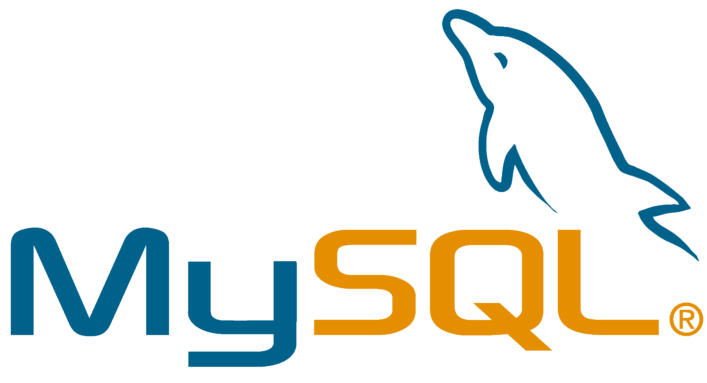
Enlarge / Warning: Learning the care and feeding of MySQL instances does not grant knowledge of or safe interaction with actual marine mammals. (credit: Oracle)
One of the tasks nearly any sysadmin frequently encounters is the care and feeding of the MySQL database server. You can build an entire career around nothing but this topic—making you a DB admin, not a humble sysadmin like yours truly—but for today, we’re just going to cover the basics.
For this guide, we’re going to be using Ubuntu Linux as the underlying operating system—but most of these steps and tips will be either the same, or broadly similar, across nearly any OS or distribution you might install MySQL on.
Installing MySQL
-

If you’re even vaguely familiar with Ubuntu or Debian, the installation process shouldn’t be surprising: apt install mysql-server and you’re off to the races. [credit: Jim Salter ]
Installing MySQL on a fresh Ubuntu instance is quite simple: sudo apt update if necessary, then sudo apt install mysql-server and you’re off to the races. Once the package is downloaded and installed, mysql is fired up automatically (and will be after each system reboot).





